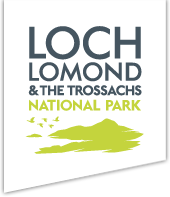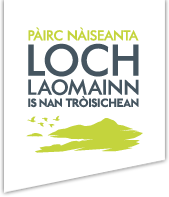Community Planning Partnerships
Community Planning Partnerships are structures in each Council area that aim to help public bodies work together with local communities to design and deliver quality services, such as public transport, healthcare, social care, employment, skills and other community-based services. Each Partnership must produce a Local Outcome Improvement Plan and they have the choice whether to produce locality plans for places where people experience inequalities. Further information on Community Planning Partnerships is available from each of the four Local Authorities that cover the National Park area. (West Dunbartonshire, Stirling, Perth & Kinross and Argyll & Bute).
In Stirling, there is a community planning structure, which delivers the Stirling Plan – visit the Stirling Plan webpage for further information.
In Argyll and Bute, there are community planning sub-groups and there the following sub-groups cover the Cowal and Lomond parts of the National Park. For further information visit the Argyll and Bute Community Planning Partnership webpage.
- Bute and Cowal Community Planning Sub-Group
- Helensburgh and Lomond Planning Sub-group
For West Dunbartonshire, please visit the council’s Community Planning Partnership webpage.
Locality Plans
The Community Empowerment (Scotland) Act also requires each Community Planning Partnership to develop plans at a locality level, targeting interventions to those communities most in need.
There are no Locality Plans in place that covers a part of the National Park except for this draft plan for Helensburgh and Lomond:
- Helensburgh and Lomond Draft Locality Plan 2017-18
The Community Planning Partnership tend to focus on their deprived, urban areas and not the National Park area.
Community Planning Partnership will consider Local Place Plans and may ‘adopt’ them as their Locality Plan for your area. You would need to speak to your relevant Partnership about whether this would be possible.
Back to menu

